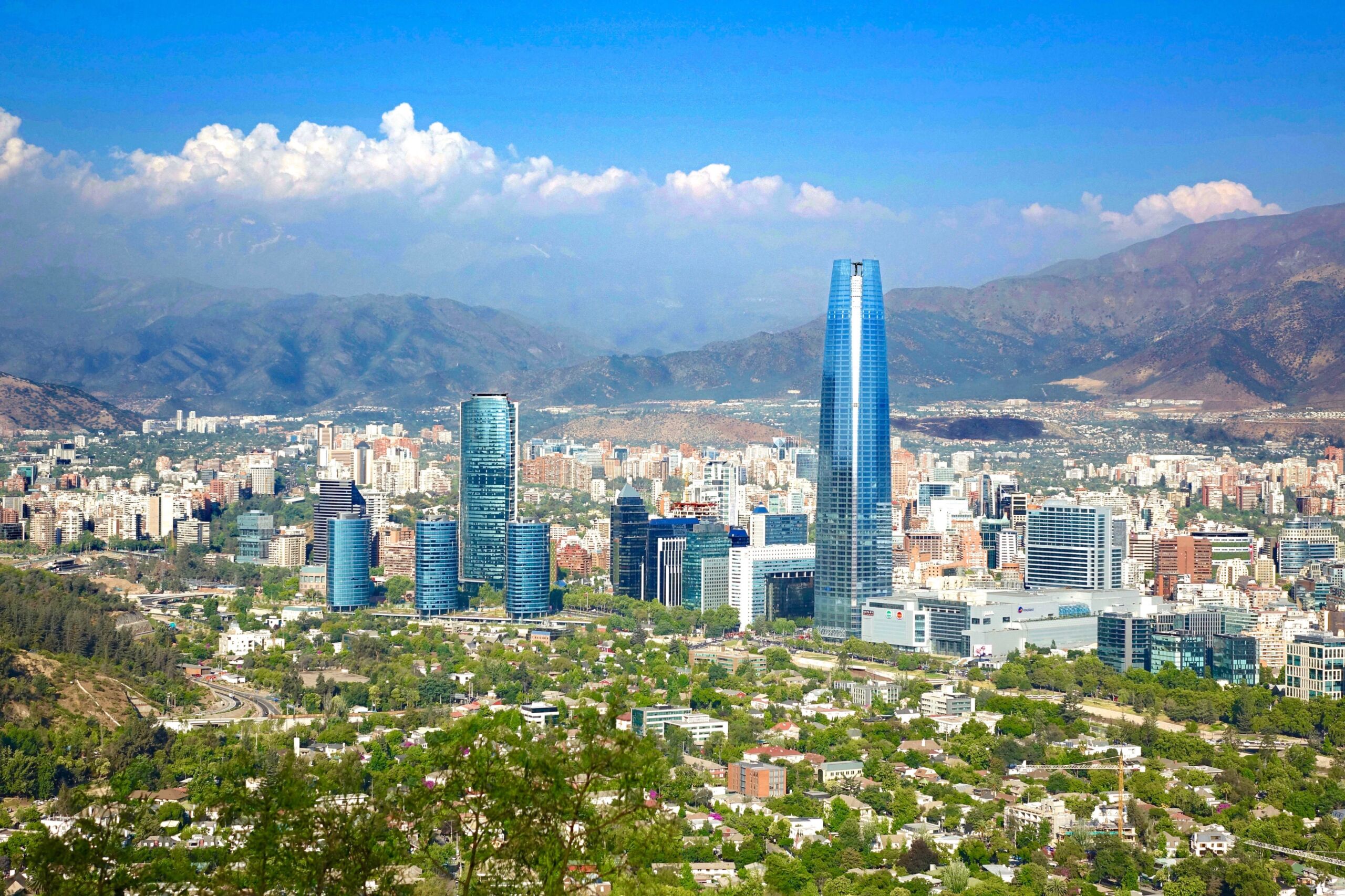Table of Contents
About
The city of Santiago stands out for its urban organization and modern infrastructure, having the largest skyscraper in Latin America with 300 meters high and one of the largest metro systems in Latin America with approximately 1000 kilometers in length. It has a population of approximately 5.4 million and is the most populous city in South America. With options from skiing to camping, Santiago receives more than 4.5 million tourists annually. Santiago is known for its Chilean wines that are considered to be the best in the world and for its cuisine. Because it is located in a central region, it is possible to travel through Chilean cities without traveling long distances, making it perfect for visiting more than one city on the travel itinerary.
History and Culture
The foundation of Santiago took place after extensive negotiation with the indigenous people who inhabited the lands in 1541. Designed by the builder Pedro de Gamboa, the initial project of the city foresaw the construction of a base for the government, prison, and areas for the colonizers. After the development of the city began, there was a series of earthquakes and an indigenous attack, which almost ceased the city to exist in 1575. However, the village managed to recover and nowadays is one of the most developed cities in Latin America.
So, prepare your backpack and come to Santiago!
Things To Do in Santiago
The Palacio de La Moneda
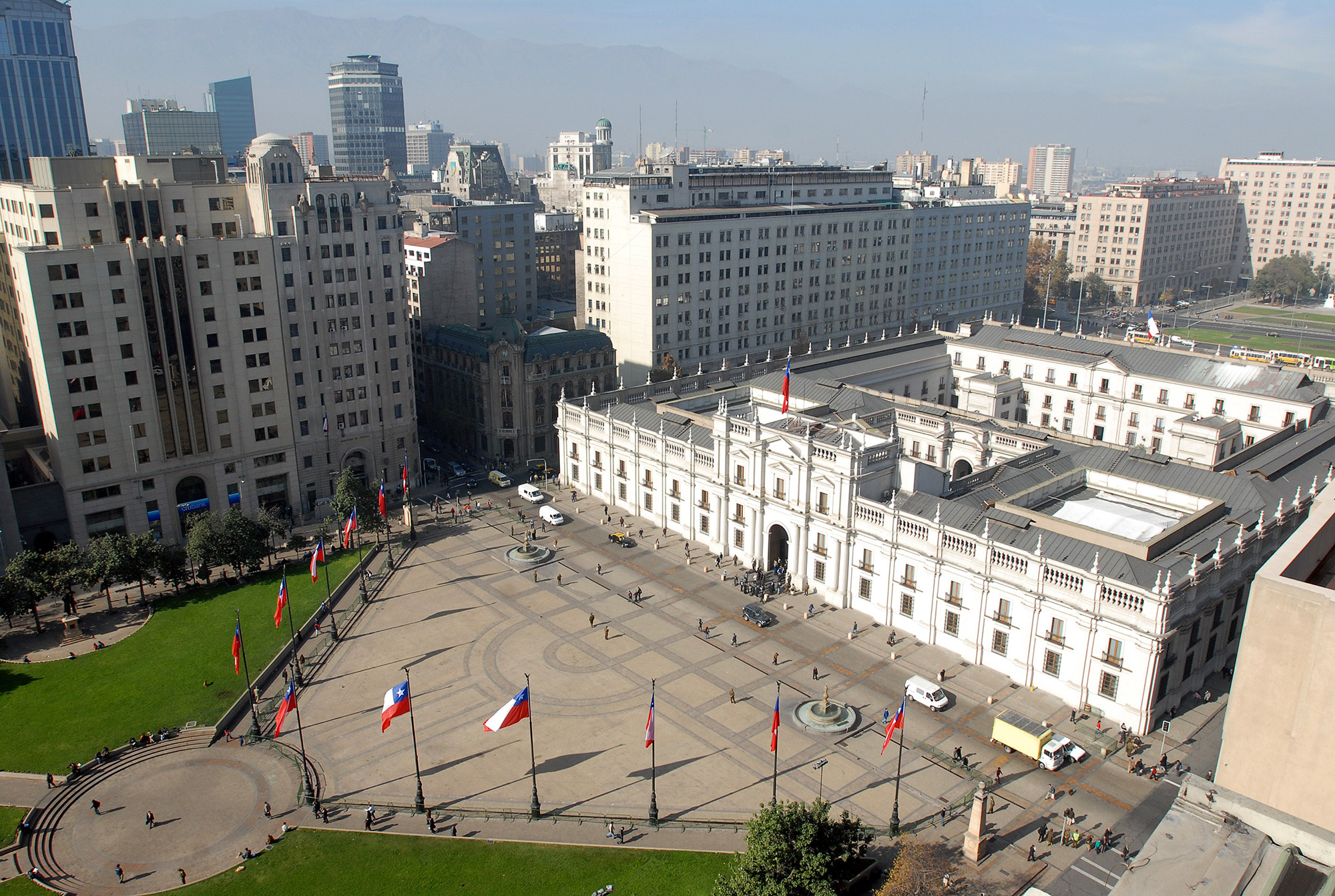
The Palacio de La Moneda was built between 1786 and 1812. Designed by architect Joaquin Tonesta, it first functioned as a mint until 1845 when it became the seat of the government of Chile. The structure has walls over 1 meter in thickness, because seismic shakes occur frequently in the city of Santiago. Inside, there are two cannons used during the 1973 coup d’état, crystal chandeliers, the independence hall with its original decoration, and 19th-century documents. On the spot, it is possible to take a tour by appointment. In the morning, tours take place at 9:30 am and at 3:00 pm. Presentations are made by a tour guide in English or Spanish. Best of all, it’s free! The palace is located in the center of Santiago and has easy access to public transport.
The Metropolitan Park
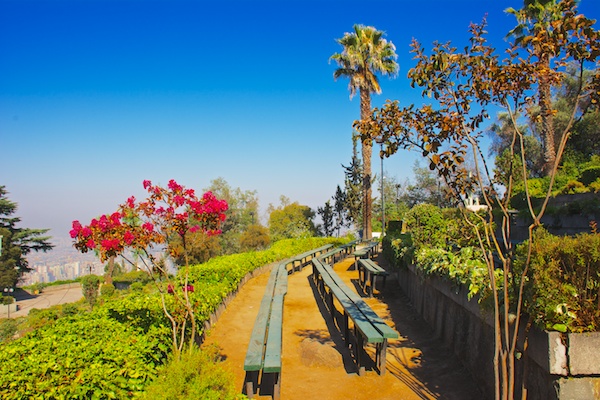
Due to its green area comprising more than 700 hectares, it is the fourth-largest urban park in the world. For those who like hiking, there are about 13 kilometers of trails well located in the park. Whether on foot or by bike, you can enjoy the beauty of the city of Santiago and the fresh air of the park. One of the best urban hikes. In addition to its extensive area, the site has some attractions such as public swimming pools and even a zoo. One of the most popular is the Santiago Cable Car, where you can see the city of Santiago. Reinstated in 2016, the new wagons are new and very comfortable. Each trip lasts about 15 minutes and costs about $3, and don’t forget to get there early, because there are big queues at the spot. If you are planning solo trips, you must visit The Metropolitan Park.
Plaza de Armas

Built during the year of 1541 to be the administrative region of the city of Santiago, Armas Square was the scene of executions by the Royal Justice and was used for military training. Renovations were carried out in the square, which increased accessibility and made it safer. Currently frequented by many tourists, with a wide variety of restaurants and shops in the vicinity, there are many cultural events such as painting exhibitions, military presentations, and open-air theater performances. The square is monitored 24 hours a day by the police. Once solo travel enhances inspiration, it’s a good place to be inspired!
Cathedral of Santiago
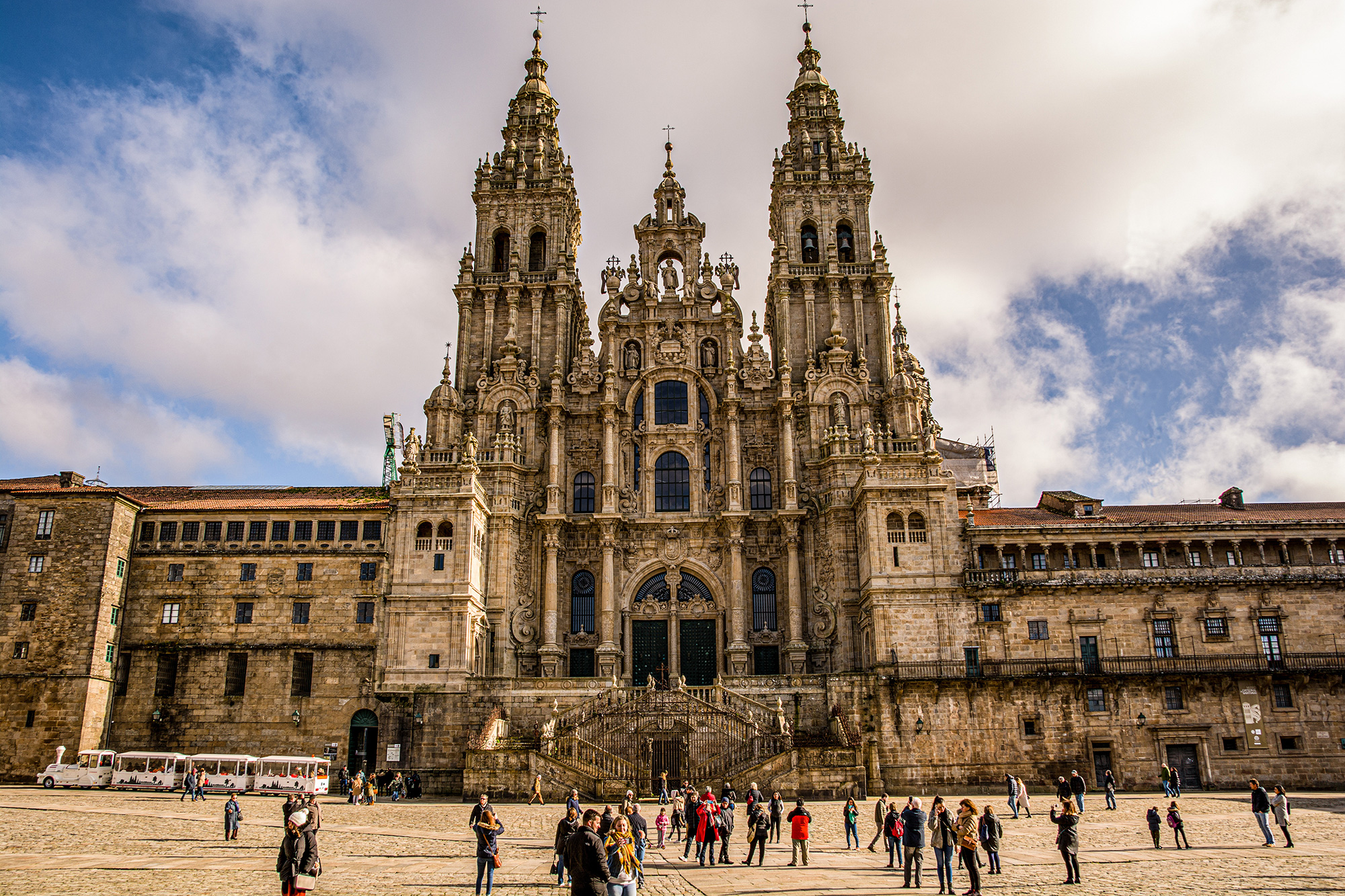
With an imposing architecture and a lot of history, the Metropolitan Cathedral of Santiago was built between the years 1748 to 1800. With two towers installed, the Cathedral is a symbol of Roman Catholicism in Chile. Inside the church, there is an altar decorated in marble, a ceiling with detailed paintings from the 19th century, various details on the walls, and religious sculptures. The building’s architecture is based on the Italian neoclassical style. The tourist can also attend masses that are held in Spanish. The cathedral is located in Armas Square. It is open every day of the week and admission is free.
Barrio Lastarria
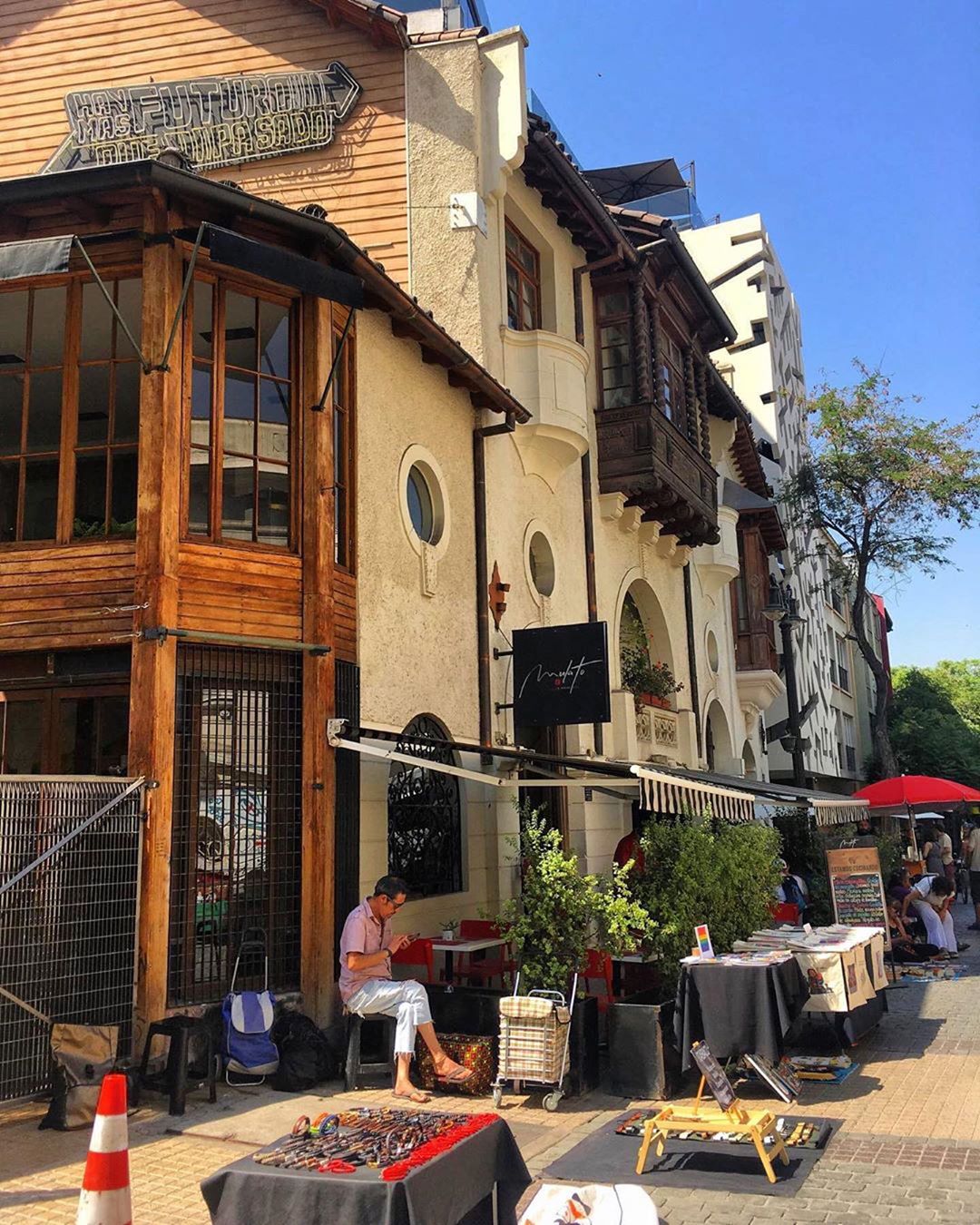
The neighborhood has many constructions from past centuries, many of them preserved as cultural heritage of Chile. With the mix of tourists and natives, cultural interaction is not lacking. In addition to the retro atmosphere, with some 19th-century several buildings, the Lastarria neighborhood has one of the best restaurants in Santiago with spices like the Chilean pebre and the best selection of Chilean wines in the city. The region is also impressive for its number of painted walls and urban art. On weekends there is an antique fair, one of the most famous in Latin America. If you prefer something calmer, you can visit the Museum of Contemporary Art and the Museum of Visual Arts in the region with beautiful exhibition pieces. The visit to these muses will be one of the best solo trips you ever had. The Lastarria neighborhood is one of the top places to visit in Santiago. On the Chilean tourism website, there is an online travel guide.
Cerro Santa Lucía
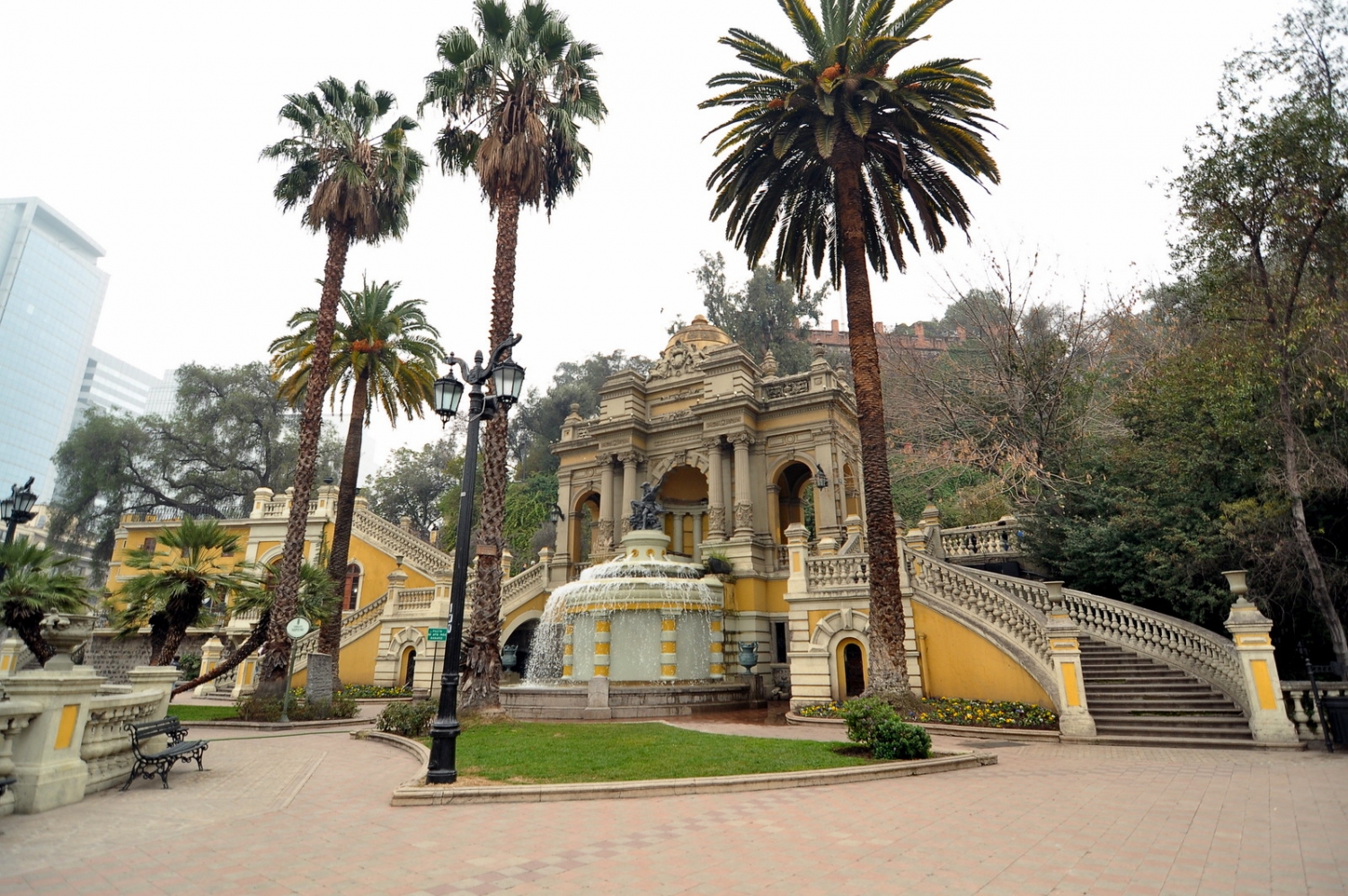
Surrounded by a green area of about 65,300 square meters, the region of the park is the rest of a volcanic formation about 15 million years old. At its highest point, it reaches a height of 70 meters, making it possible to see much of the city of Santiago. One of the best hikes for visitors runs down the spine of the Santiago. It is possible to see points like the forest park and the national museums of fine arts. In the place, there are also beautiful structures like the Fountain of Neptune. Its size impresses as well as the number of details carved in stone and the statue of Neptune located on top of the fountain. It is a quiet place right in the center of Santiago. Other attractions of the park are the statues built to honor important people from the city. In the park, there is also a famous Japanese garden, a place where tourists love taking pictures. The park is open every day of the week and admission is free.
The Farellones
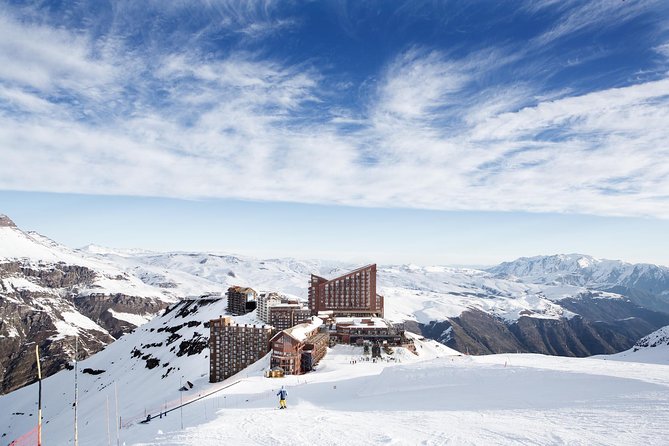
The Farellones region has an incredible visual and is located 64 kilometers from the center of Santiago and 60 kilometers from the Arturo Merino Benitez International Airport. At the ski station, there are two circuits: one 180 meters and another 540 meters. There are options to buy instruction packages and rent equipment. In addition to the option of skiing, it is also possible to ride bicycles for snow and snowboarding and a playground for children. The region around the ski resort has hotels and a restaurant, great for drinking Chilean wines while enjoying the cold and sunset of the Chilean mountains. Skiing in Chile can be practiced from June to October. During the rest of the year, it is possible to practice camping. If you are not familiar with the roads in the Farellone region, we recommend taking a chartered bus, as the roads in this region are slippery in winter.
How to get to Santiago
By Air – Comodoro Arturo Merino International Airport is located about 20 kilometers from Santiago and is served by many international airlines such as Air France with a few weekly flights from Paris and Delta Airlines from North America. Unfortunately, none of these routes fly directly. LATAM offers promotional flights from Chile to Argentina, so it is an opportunity to add another city to your itinerary. From Brazil, you can take direct flights from São Paulo and Rio de Janeiro.
By Train – Chile has a total of 6782 km of the railway network. It is possible to travel between Santiago-Chillan for $15 and between Santiago-Constitucion for $10. With the price and comfort comparable to bus travel, it is up to the traveler to choose the means of travel for these routes. In case you have any doubts about the route, there are some tour guides at thetrain station.
By Car – The city of Santiago is located about 1407 kilometers from Buenos Aires and about 1847 kilometers from Montevideo. It is possible to make a road trip between the cities mentioned above, as there are safe and paved roads. In travel itinerary, there are some cities in the interior where there are small craft stores, perfect for bringing gifts for the family. Do not buy in excess, as Latin American countries have different customs limits.
